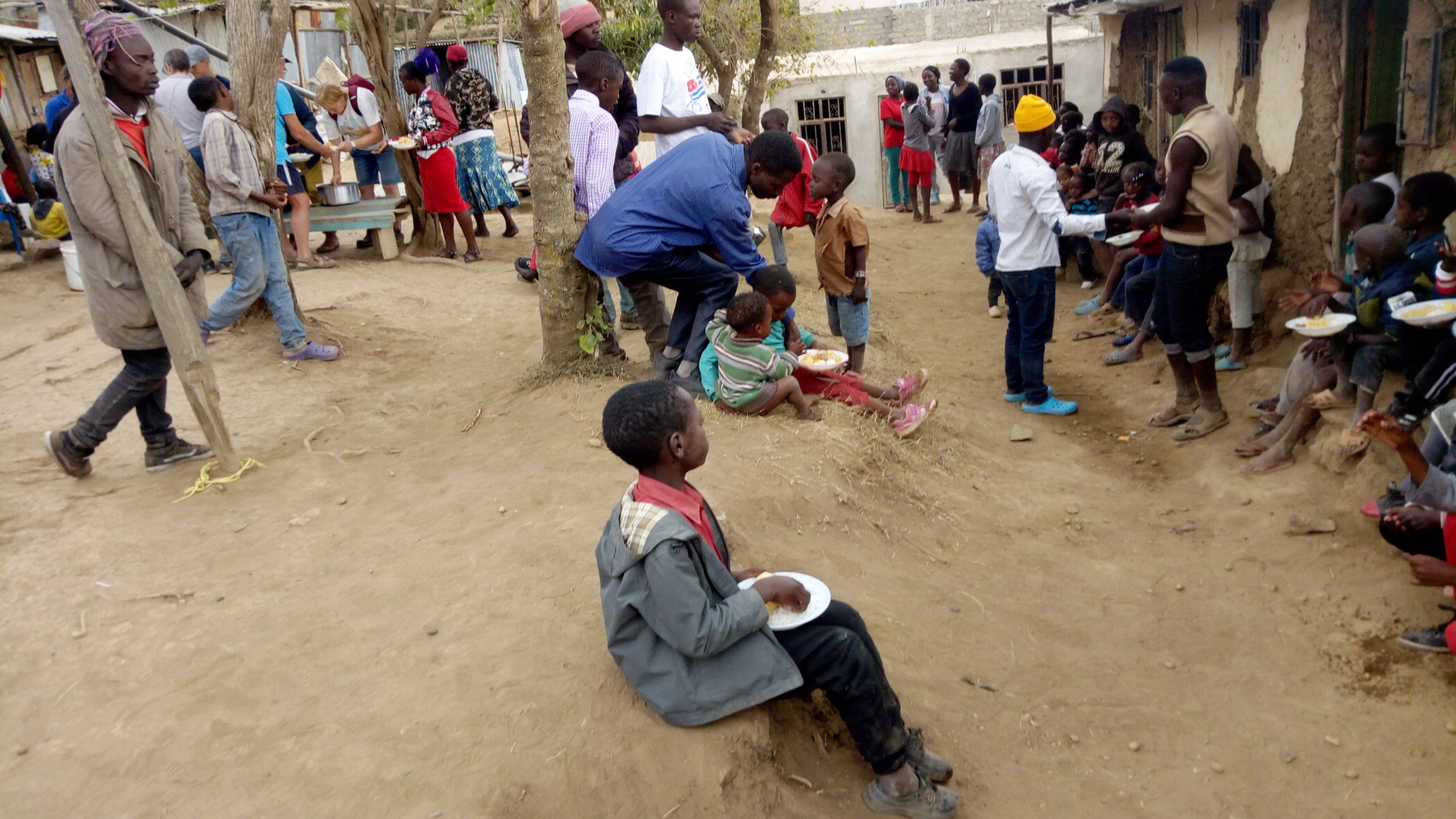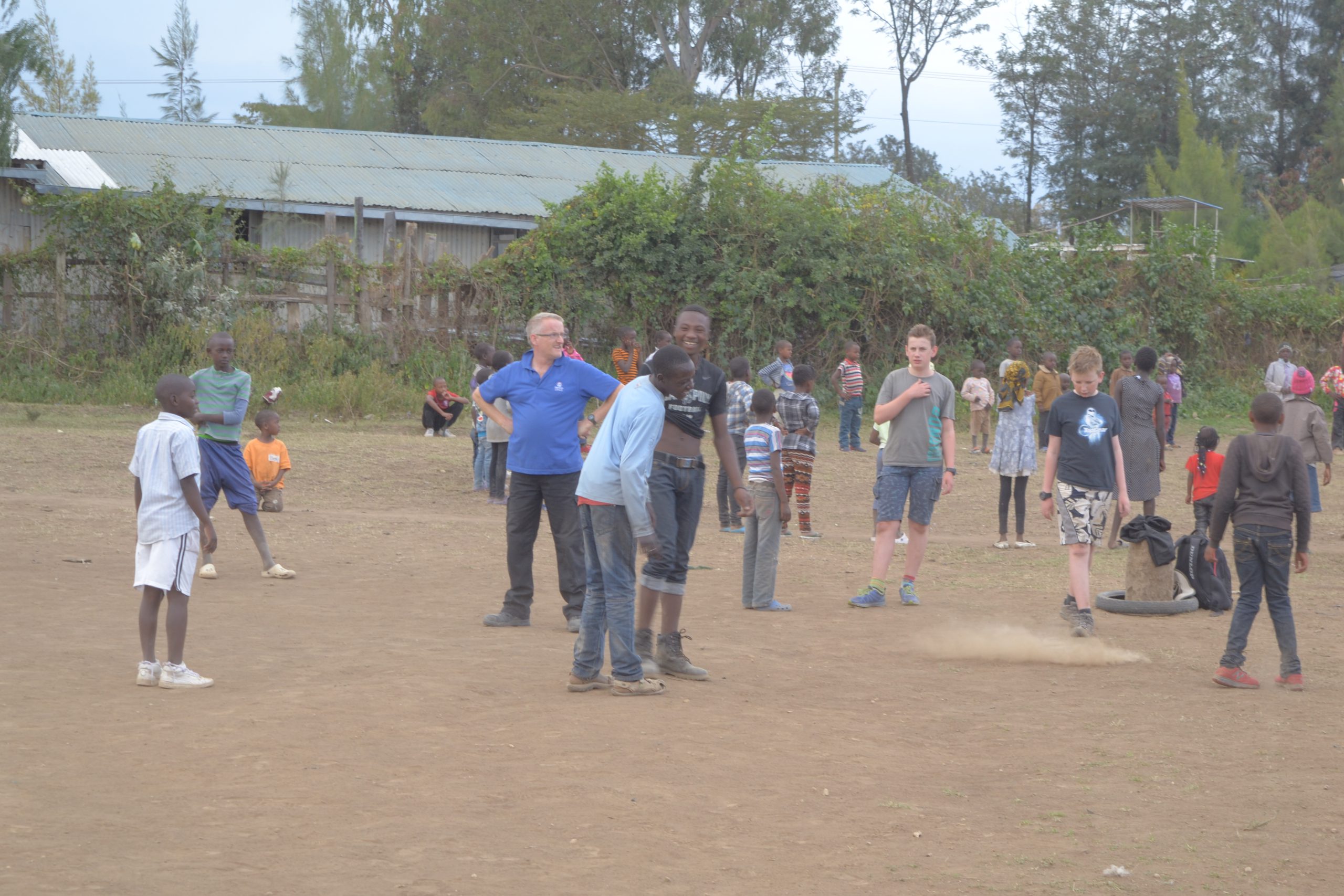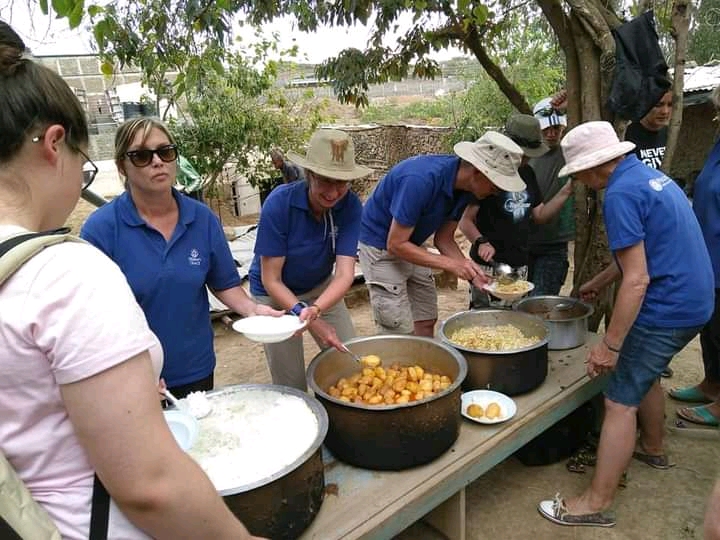Our organization firmly believes that engaging in a comprehensive feeding program plays a pivotal role. Far beyond providing necessary sustenance, these initiatives offer a unique entry point to reach out to the most vulnerable families, eventually enrolling them into an array of essential support programs. This detailed article aims to shed light on the importance of feeding programs as an instrument of positive change in our community.
Addressing Immediate Needs: Feeding programs serve as lifelines for those grappling with food insecurity, providing an immediate solution to hunger and malnutrition. By nourishing the physical wellbeing of individuals and families, these initiatives lay the foundation for a healthier community. A hot meal can alleviate immediate hunger pangs and contribute significantly to the overall wellbeing of those in need.
Identifying the Most Needy: Through the implementation of feeding programs, we can systematically identify and connect with the most vulnerable families within our community. Regular interactions during meal distributions allow us to assess their specific needs and challenges, gaining valuable insights into their circumstances. This information serves as a catalyst for directing them towards much-needed support programs, breaking the cycle of poverty.
Building Trust and Connection: Feeding programs create an environment where individuals and families feel safe and supported. By consistently offering nourishment, we establish trust and foster a sense of community. These programs can also act as safe spaces for participants to share their struggles, enabling us to offer tailored guidance, resources, and support. Establishing a sense of belonging helps us engage with and empower those who require assistance the most.
Enrolling Vulnerable Families into Support Programs: The critical advantage of feeding programs lies in their ability to connect vulnerable families with broader support systems. By sharing information about available resources related to healthcare, education, employment, and social services, we effectively transit from simply addressing immediate hunger to providing long-term solutions. It is through these additional programs that individuals and families secure sustainable pathways towards improved quality of life.



